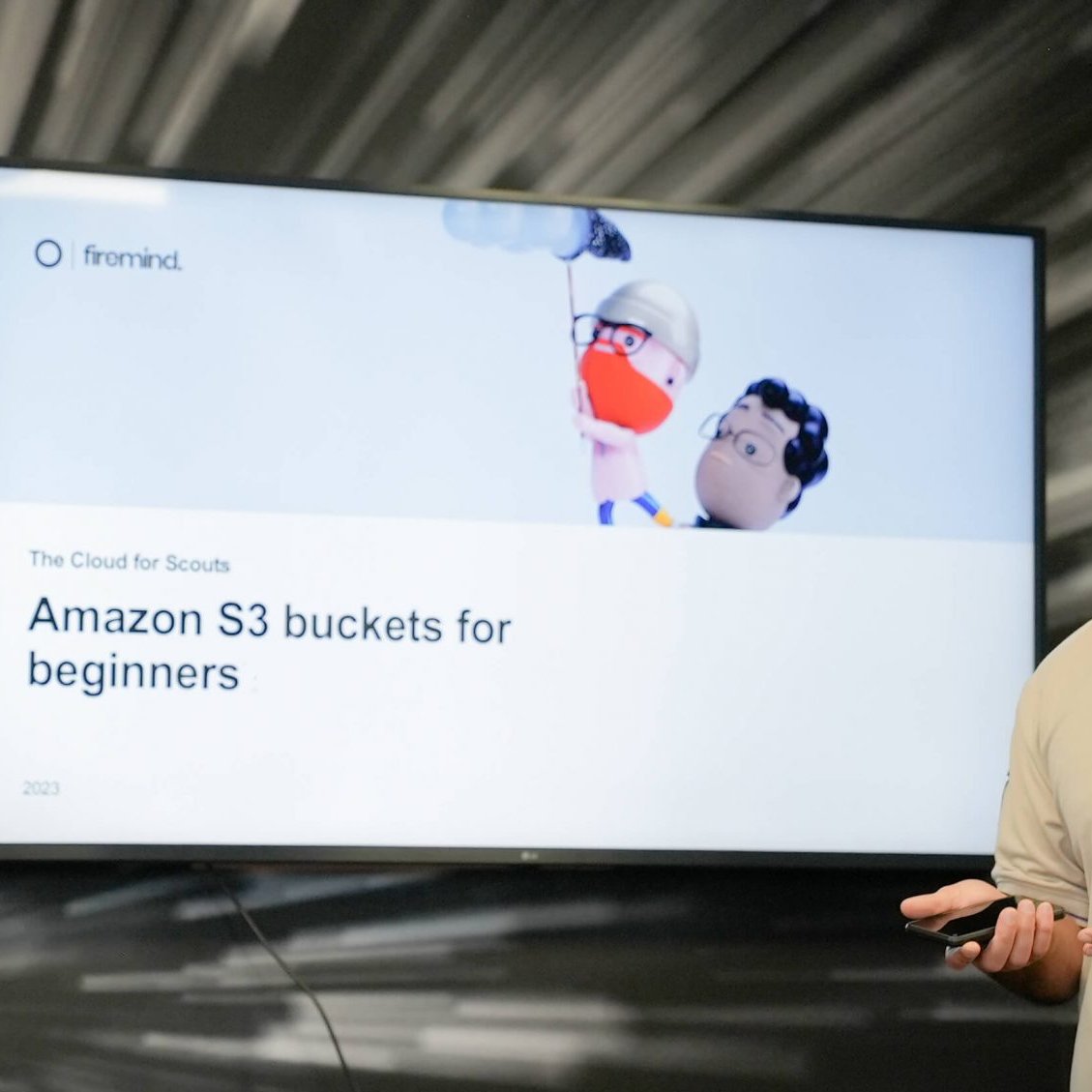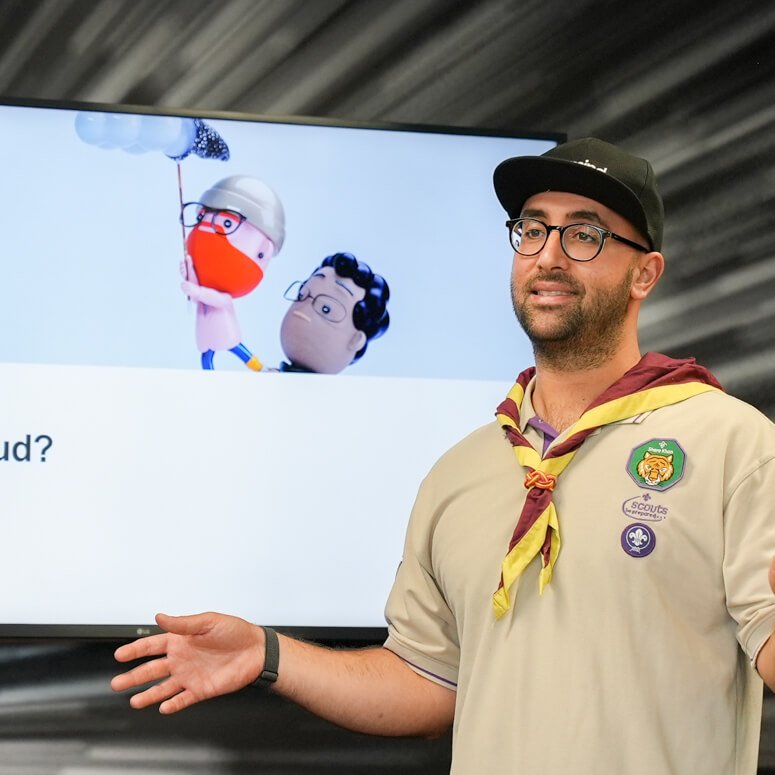Latest Insights
Amazon Web Services and Its Importance to Technology
Developing IT skills and understanding the basics of the cloud is becoming a vital part of early age development. Luckily for us, Managing Director,…
Amazon S3 Buckets for Beginner Cloud Users
Developing IT skills and understanding the basics of the cloud is becoming a vital part of early age development. Luckily for us, Managing Director,…
Developing Early Cloud Skills for The Scouts
Developing IT skills and understanding the basics of the cloud is becoming a vital part of early age development. Luckily for us, Managing Director,…
Want to find out more?
Got questions? We’ve got answers! Find out more about our data culture, company vision and our growing team.
Get in touch




